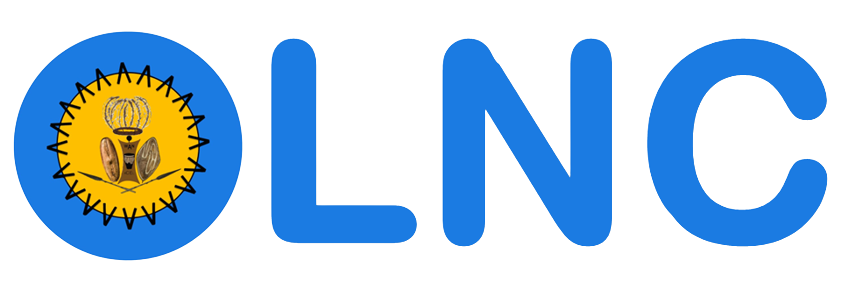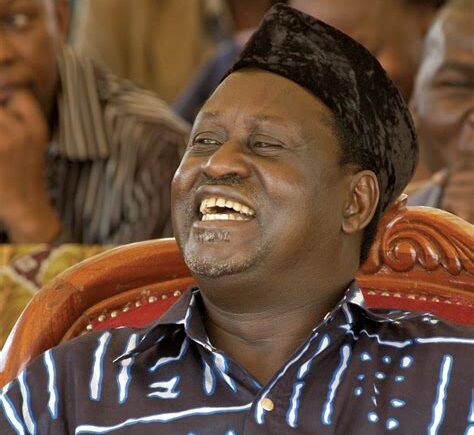The Committee of Experts: Building Consensus (2008-2010)
In March 2009, the government established a Committee of Experts (CoE) led by Nzamba Kitonga to draft a new constitution.
This time, the process would be different. The committee would draw from the Bomas Draft (which Raila had always supported), incorporate lessons from the failed Wako Draft, and address the root causes of the 2007-2008 violence.
Raila worked tirelessly behind the scenes to ensure the CoE had political support and resources. He engaged with civil society, religious leaders, and international partners. He mediated disputes between Kibaki’s PNU faction and his own ODM whenever the process threatened to stall. When hardliners in either camp tried to derail the process, Raila intervened personally.
The CoE conducted extensive public consultations across all of Kenya’s provinces. They published drafts online and in newspapers. They held town hall meetings in every district. It was the most inclusive constitutional process Kenya had ever seen.
By November 2009, the CoE had produced the “Harmonized Draft.” It was a masterpiece of compromise, incorporating the best elements of the Bomas Draft while addressing practical concerns raised during consultations. The key features included:
- Devolution to 47 counties, each with an elected governor and county assembly
- A strengthened Parliament with clearer separation of powers
- An independent judiciary with a Supreme Court as the highest appellate court
- A robust Bill of Rights including economic and social rights
- Land reforms to address historical injustices
- Gender equality provisions (the “two-thirds gender rule”)
- Chapter Six on Leadership and Integrity, setting ethical standards for public officers
- Reformed electoral commission (IEBC) to prevent another 2007 debacle
The 2010 Referendum Campaign: Yes, We Can
The draft was approved by Parliament on April 1, 2010, and a referendum was scheduled for August 4, 2010. This time, Raila and Kibaki stood together on the same side, both campaigning for a “Yes” vote. Vice President Kalonzo Musyoka and Deputy Prime Ministers Musalia Mudavadi and Uhuru Kenyatta also backed the draft.
But opposition emerged from unexpected quarters. William Ruto, then Minister for Higher Education and a former ODM stalwart who had fallen out with Raila, led the “No” campaign alongside former President Daniel arap Moi. They argued that the draft gave excessive powers to the presidency and that land provisions would dispossess ordinary Kenyans. Christian churches, particularly evangelical denominations, also opposed the draft, claiming it would legalize abortion due to a clause allowing termination of pregnancy for maternal health reasons.
The referendum campaign was intense. Raila crisscrossed the country, explaining the draft in simple terms. He emphasized devolution, how counties would control their own budgets and development priorities. He spoke about accountability, how Chapter Six would finally hold corrupt leaders to account. He addressed the abortion concerns directly, clarifying that the constitution only allowed medical termination when a mother’s life was in danger, consistent with existing law.
Raila faced personal attacks and accusations. Some claimed he was betraying the Bomas Draft by accepting compromises. Others said the draft didn’t go far enough in curbing presidential power. But Raila understood something his critics didn’t – this constitution, while not perfect, was transformative. And if Kenya rejected it again, the country might not get another chance for a generation.
Victory and Vindication: August 4, 2010
On August 4, 2010, Kenyans voted. The results were overwhelming: 68.6% voted “Yes.” Every province except Rift Valley (Ruto’s stronghold, where it still passed with 50.5%) delivered strong majorities. In Nyanza, Raila’s home region, the “Yes” vote reached an astonishing 87.5%.
On August 27, 2010, President Kibaki promulgated the Constitution of Kenya 2010 at a ceremony in Uhuru Park. Standing beside him were Prime Minister Raila Odinga and Vice President Kalonzo Musyoka. For once, Kenya’s political elite stood united in celebration.
Raila wept openly that day.
After four decades of struggle, he had finally helped deliver a constitution that would transform Kenya. He had not won the presidency, but he had achieved something arguably more important: he had changed the rules of the game so that no future president could wield unchecked power.
The Price Raila Paid
The 2010 Constitution was Raila’s greatest achievement, but it came at an enormous personal and political cost. The years from 2008 to 2013 as Prime Minister in a dysfunctional grand coalition government were exhausting. Kibaki often undermined him, refusing to fully implement the power-sharing agreement. Raila had to fight for every inch of progress while managing an unwieldy coalition of rival factions.
Moreover, the new constitution contained a provision that would later haunt Raila personally: it abolished the position of Prime Minister. When the constitution came into force, Raila’s office would cease to exist after the 2013 election. Ironically, Raila had campaigned for a constitution that eliminated his own job. He had sacrificed his position for the greater good of Kenya.
The constitution also introduced a strict requirement that presidential candidates secure 50% plus one vote to win in the first round, a threshold that would make Raila’s path to victory even harder in future elections.
But despite these ironies and challenges, the 2010 Constitution stands as Raila Odinga’s enduring gift to Kenya. It devolved power to counties, bringing government closer to the people. It strengthened institutions like the judiciary and parliament. It expanded rights and freedoms. It created mechanisms for accountability. And while it hasn’t solved all of Kenya’s problems, it provided the framework for a more democratic and just Kenya.
As Raila himself said at the promulgation ceremony: “This constitution is not an end, but a beginning. The struggle continues, but now we have the tools to build the Kenya we have always dreamed of.”
Published by the Luo National Congress
October 17, 2025


One Response
A real leader.
Rest in power, legend.